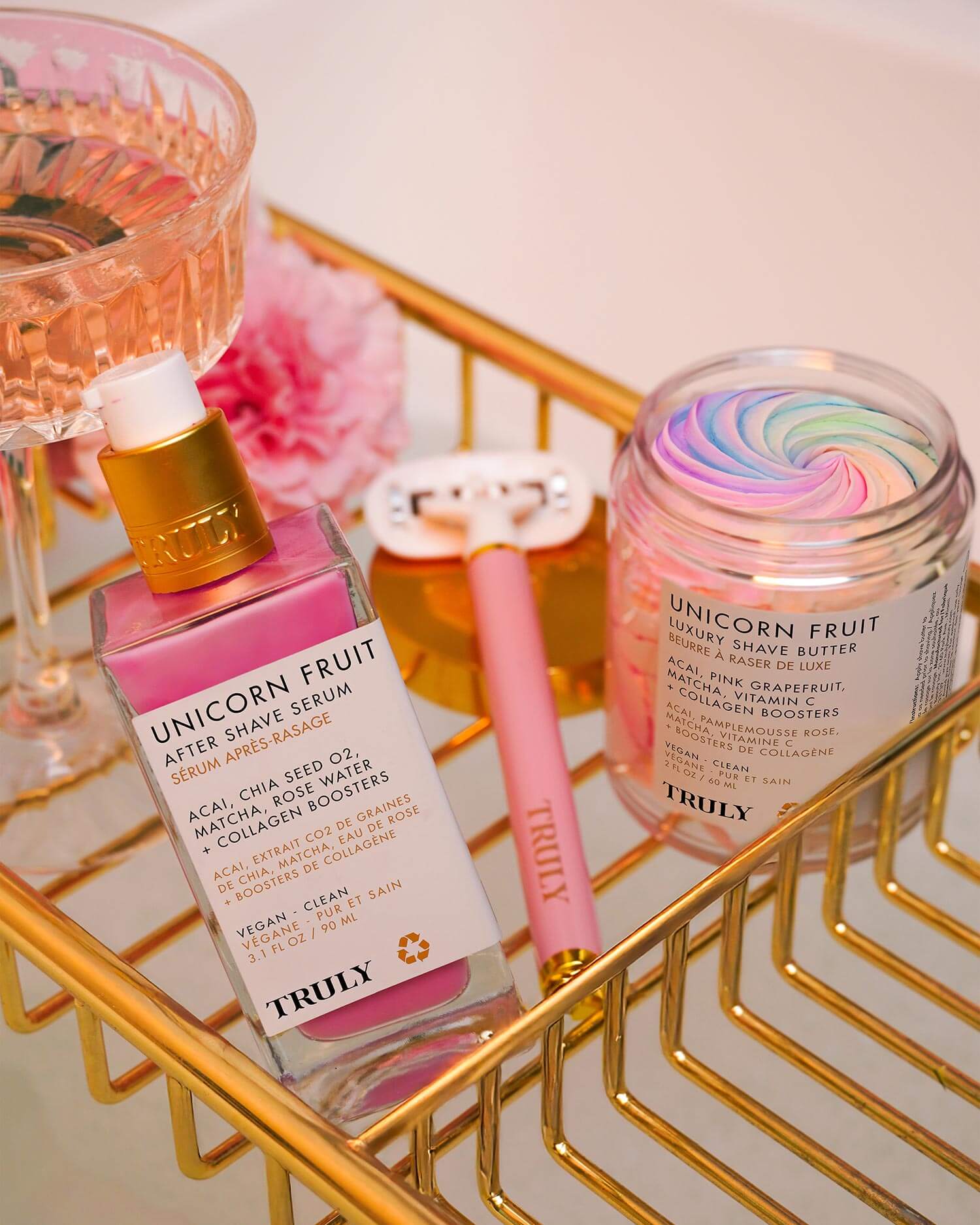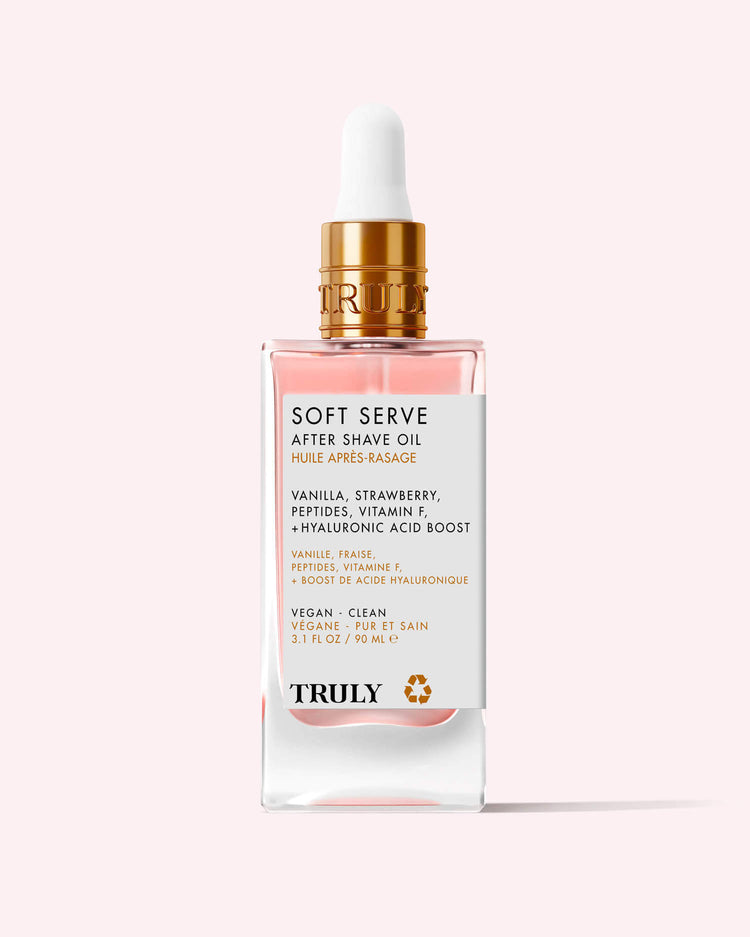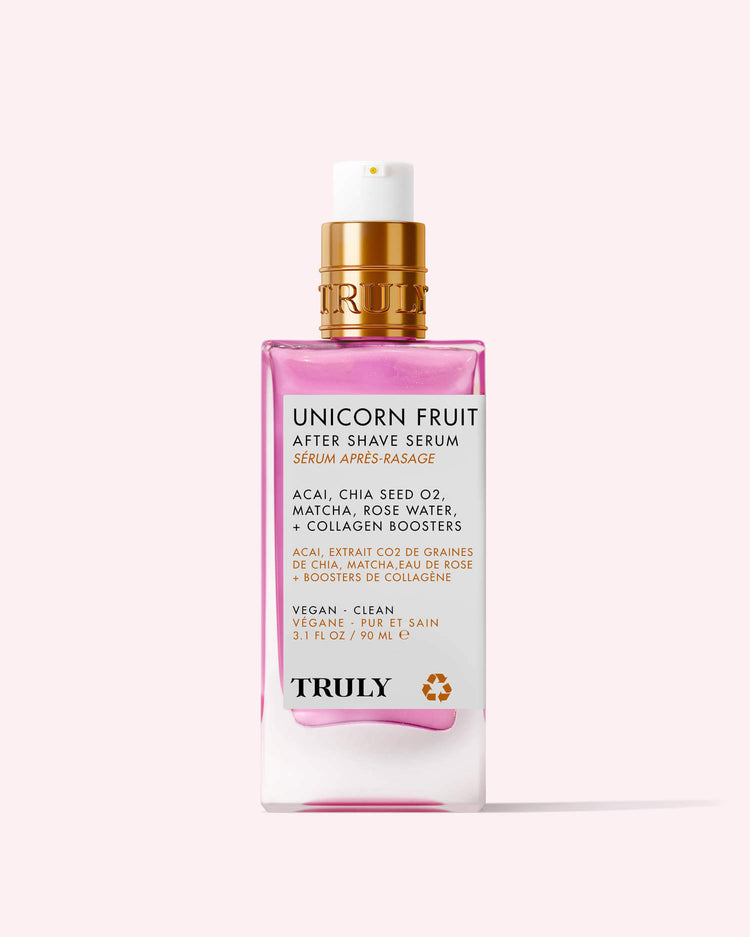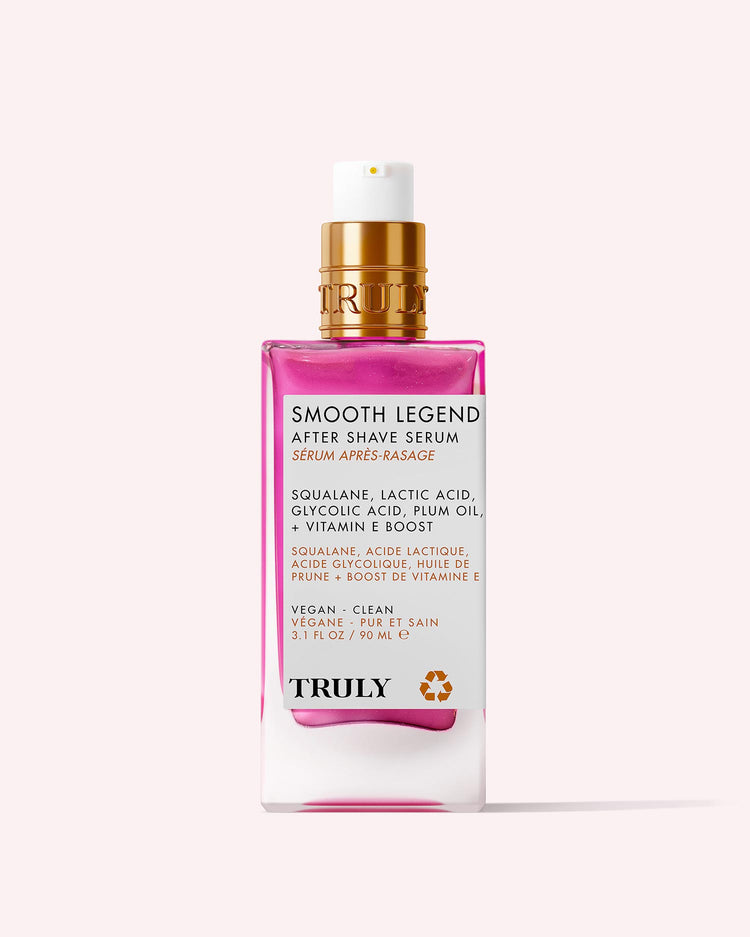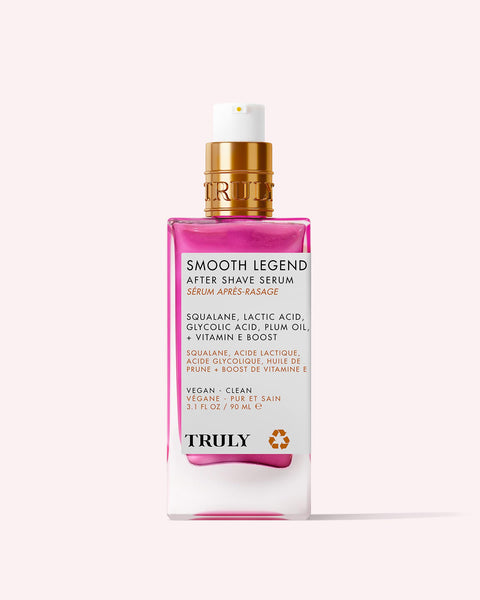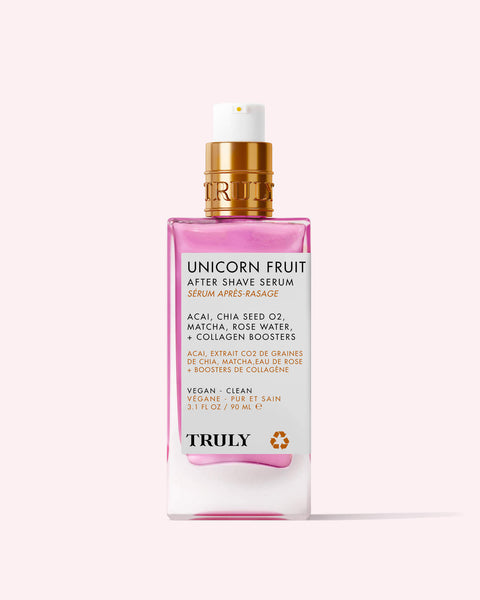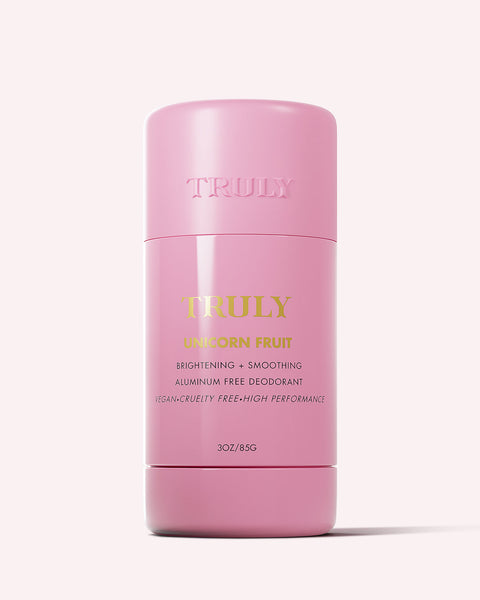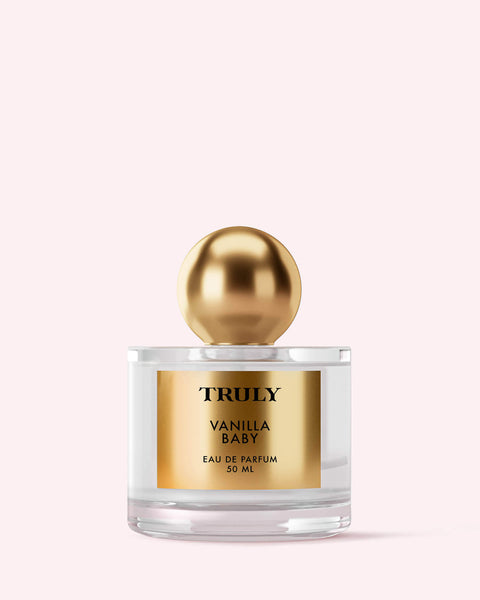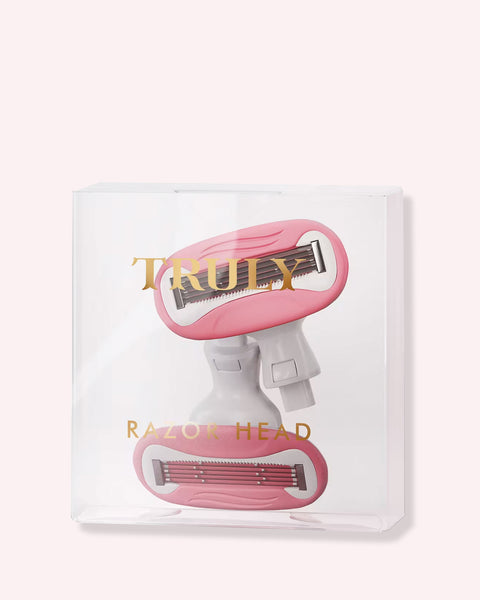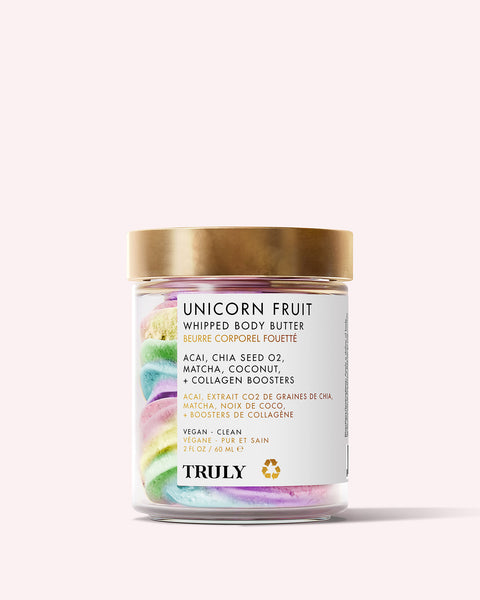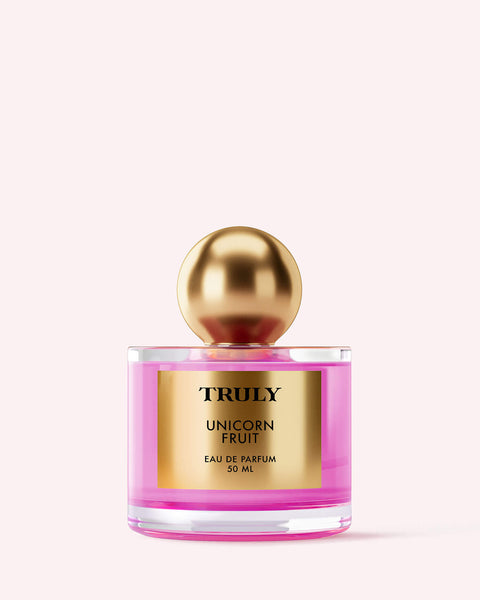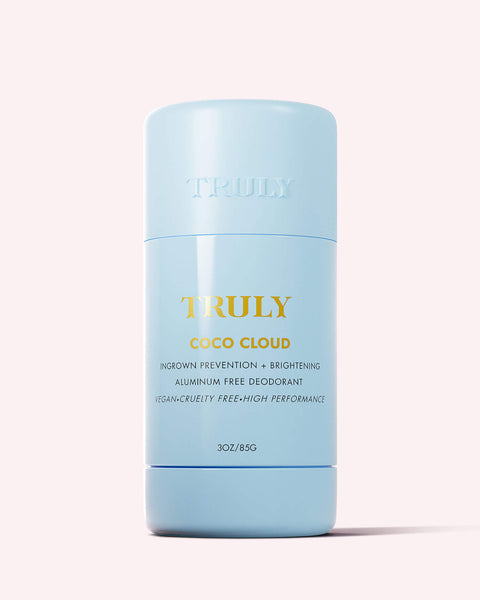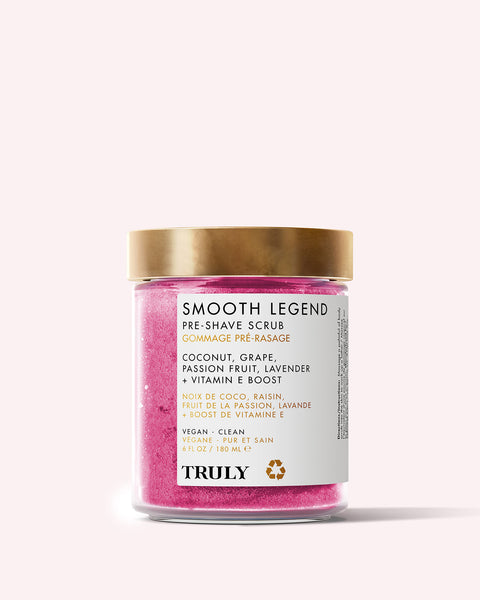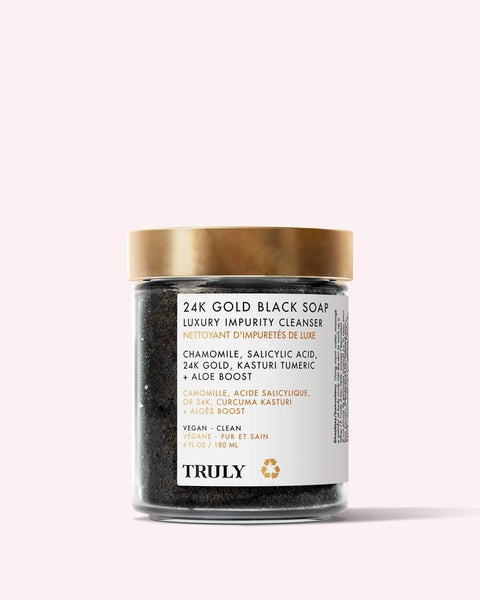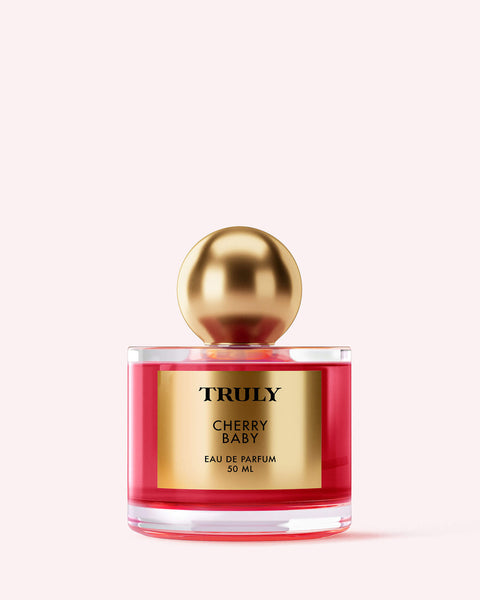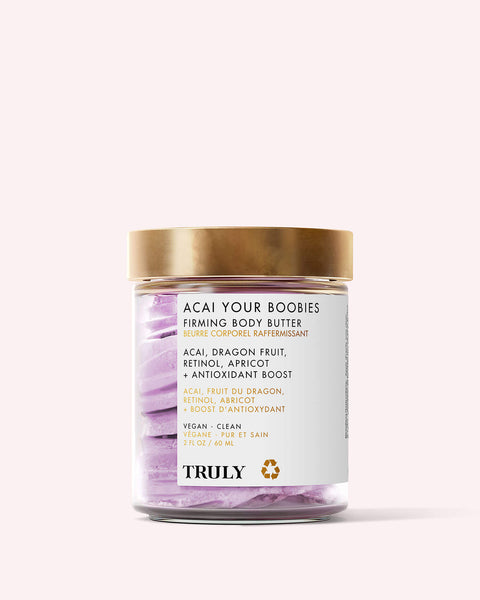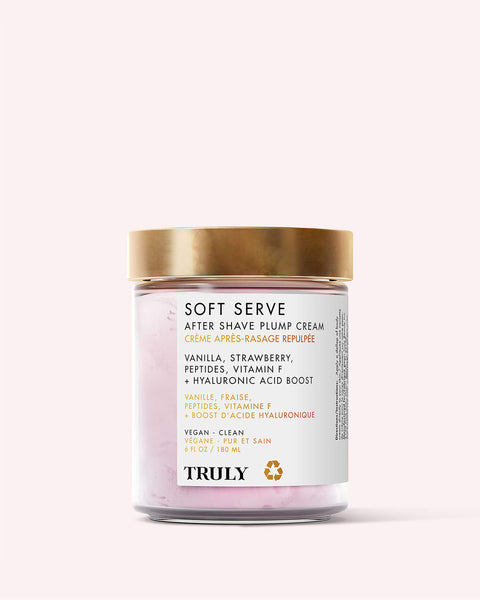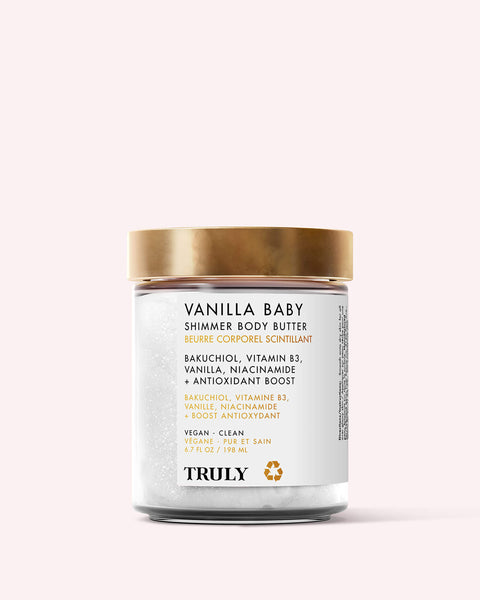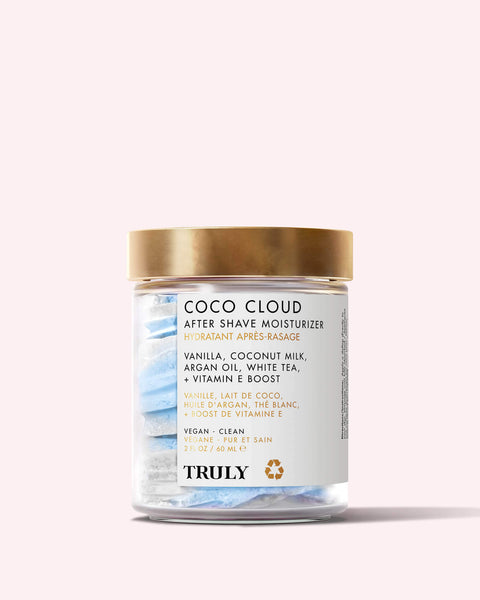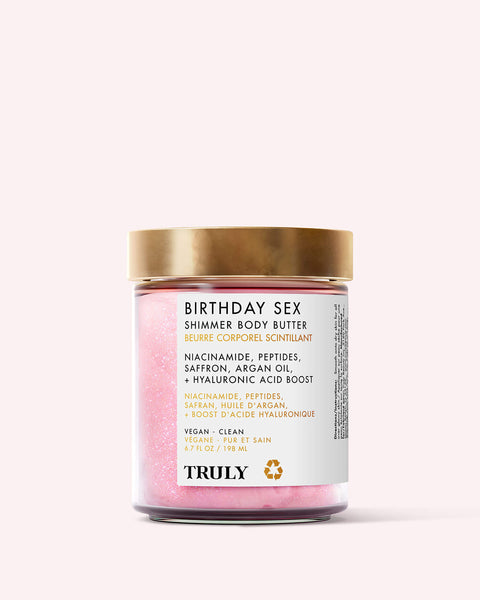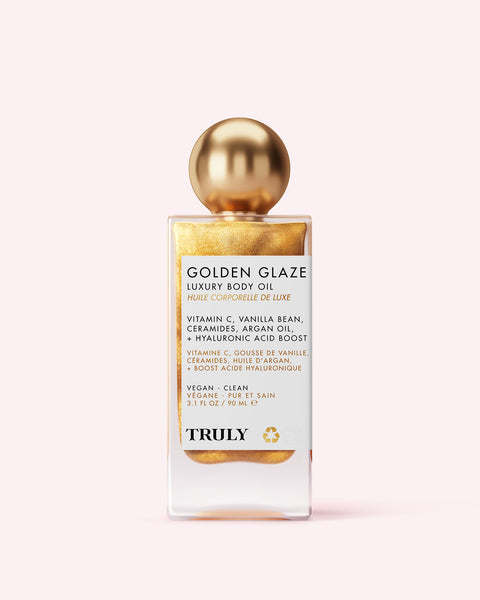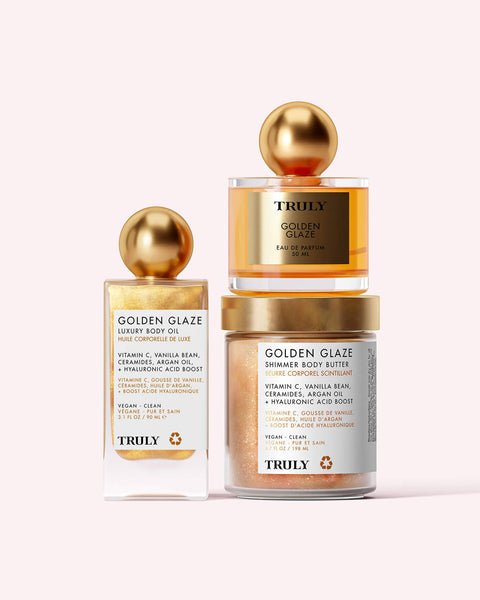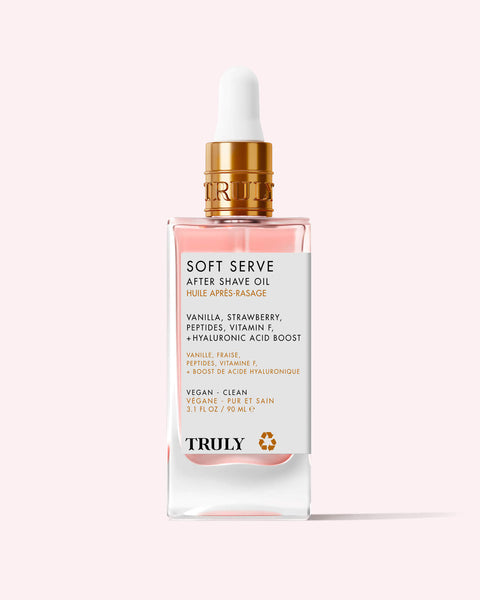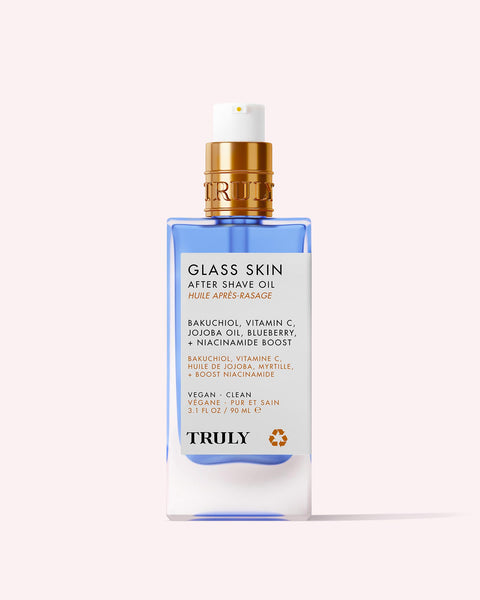5 Derm-Approved Ways to Treat Rosacea
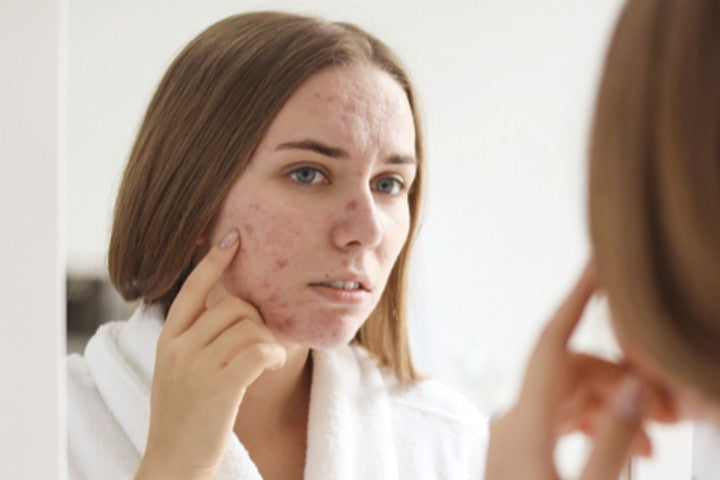
Rosacea is a chronic skin condition that affects around 16 million people in the United States. It’s more common in women than in men, and is often mistaken for acne.
If you suspect you’re experiencing rosacea, scroll down to hear more about this skin condition, its symptoms, and what you can do to treat it.
WHAT IS ROSACEA?
Rosacea is a skin condition characterized by skin redness, visible blood vessels, flushing, and red spots on skin. While experts can’t pinpoint the exact cause of rosacea, known triggers include sun exposure, hot showers, irritating skincare products, spicy foods, and certain oral medications.
Other common rosacea symptoms include dryness, burning and stinging, which are all related to the skin barrier being impaired. Rosacea can affect all skin types, but it’s most commonly found in those who are fair.
According to dermatologists, there are two main categories of people with rosacea. The first category is classed as the blushers. These are the people who quickly develop facial redness and blotchiness. This category of rosacea comes and goes, but leads to fixed background facial redness over time. The second is people who experience bumps and pimples — a kind of acne rosacea only with a different makeup to conventional acne.
WHAT CAUSES ROSACEA?
While rosacea is predominantly genetic, certain lifestyle factors and products can trigger rosacea flareups.
“They typically have worse skin immunity and are more prone to having an immune response (and suffering inflammation) by things that might not bother somebody else’s skin,” says dermatologist Dr. Emma Craythorne. “UV radiation, for example, easily causes an inflammatory response in those with rosacea.”
She adds that another potential cause of rosacea could be demodex mites, which live on the skin’s sebaceous glands, causing inflammatory response in those with rosacea.
5 DERMATOLOGIST-APPROVED ROSACEA TREATMENTS
Here are some of the best treatment options for rosacea patients, according to derms.
#1: Swap Out Irritating Skincare Products for Soothing Ones
Red, blotchy skin may be the result of topical irritants, so it’s worth paying attention to what you’re putting on your face to avoid flareups.
Dermatologist Dr. Joshua Zeichner recommends employing a variety of calming products into your skincare routine to help relieve facial redness and irritation during a flare.
“Skin-barrier repair ingredients like ceramides, oat extract, and hydrating glycerin may also be helpful,” says Zeichner. He also recommends ingredients like niacinamide, chamomile, green tea, and a range of other soothing botanical extracts to keep rosacea in check.
If you have sensitive skin or are experiencing symptoms of rosacea, reach for Truly’s Super Matcha Facial Cleanser and Flower Child CBD Facial Moisturizer. Both products contain calming ingredients like green tea, rose, hyaluronic acid, and CBD to cleanse and hydrate skin without stripping away natural oils and irritating the skin.
Anytime you notice redness, irritation or bumps after using a skincare product, remove that product swiftly from your routine. That’s a sign it’s not working for you — and probably just making things worse.
#2: Wear Sunscreen Every Day
Regardless of whether you have a skin condition, everyone should be wearing SPF every day. However, sun protection is even more crucial for those dealing with red skin.
“You need a sunscreen that is going to protect skin from UVA and UVB and other free radical damage,” says Craythorne.
Avoid chemical sunscreens, and go for mineral sunscreens that contain either/both zinc oxide or titanium dioxide. Mineral sunscreens are gentle on the skin and won’t cause rosacea flare-ups. Even more essential, make sure your SPF doesn’t contain any irritating fragrances which could trigger flareups. You want something that’s as natural and calming as possible.
#3: Spot Treat Rosacea Pimples
Rosacea is characterized by skin redness and the formation of pustules. Many people mistake these spots for breakouts, but they’re actually not the same thing as acne. Unlike with acne, rosacea sufferers do not experience blackheads or whiteheads, but rather papules or pustules.
The best topical treatment for these kinds of spots include gels or creams containing azelaic acid, an over-the-counter anti-inflammatory treatment that calms irritation, redness, and swelling.
Alternatively, try Truly’s Super Hemp Patches to clear up pesky pustules. Formulated with soothing hemp and tea tree, and exfoliating glycolic and salicylic acid to balance out dryness, reduce redness, and banish blemishes.
#4: In-Office Treatments
If your rosacea symptoms aren’t improving with gentle skin care products at home, consider booking in for an in-office treatment.
According to dermatology experts, the best treatment of rosacea is laser therapy. It helps reduce redness by treating dilated blood vessels while preventing bumps from forming. Laser treatment can also help alleviate burning and stinging.
Speak to your derm or doctor about the available treatments for rosacea. In addition to laser, the experts also recommend correct peels, and light therapy to keep skin even toned.
#5: Consider Prescription Treatments
If you’re not seeing an improvement in your rosacea symptoms, speak to your doctor about taking topical medication or oral medication to relieve symptoms of rosacea. In many cases, medication can be helpful for most types of rosacea.
Your doctor might prescribe oral antibiotics such as doxycycline (Vibramycin), metronidazole (Flagyl), erythromycin (ERYC), or minocycline (Dynacin). Just bear in mind that, just like any other medication, these can cause side effects.
Alternatively, your doctor may start treatment with a prescription cream, lotion, or gel such as Brimonidine (Mirvaso), Ivermectin (Soolantra), Metronidazole (MetroCream or MetroGel), or Isotretinoin (retinoids).
If you think you have rosacea, consult your dermatologist before attempting to treat it yourself. This way, your derm will be able to distinguish whether or not you have the skin condition. Once you know for sure, you can try implementing these tips above into your daily skincare routine and lifestyle.
That said, if your symptoms are severe, ask your dermatologist for professional guidance and product recommendations immediately.
It’s never a good idea to self-diagnose. Always get it checked!
